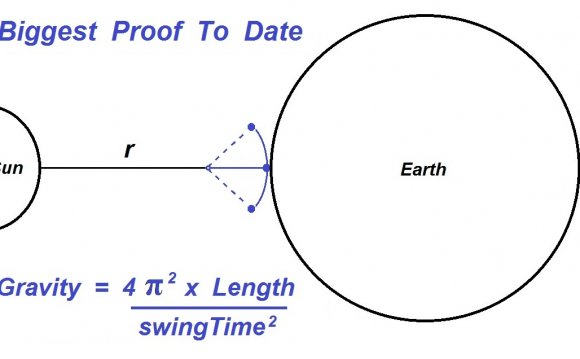
 This image from the Solar Dynamics Observatory (SDO) shows the sun at 12:45 PM EDT on July 12, 2012 during an X1.4 class flare. The image is captured in the 304 Angstrom wavelength, which is typically colorized in red and shows temperatures in the 50, 000 Kelvin range.
This image from the Solar Dynamics Observatory (SDO) shows the sun at 12:45 PM EDT on July 12, 2012 during an X1.4 class flare. The image is captured in the 304 Angstrom wavelength, which is typically colorized in red and shows temperatures in the 50, 000 Kelvin range.
Radius, diameter & circumference
The sun is nearly a perfect sphere. Its equatorial diameter and its polar diameter differ by only 6.2 miles (10 km). The mean radius of the sun is 432, 450 miles (696, 000 kilometers), which makes its diameter about 864, 938 miles (1.392 million km). You could line up 109 Earths across the face of the sun. The sun's circumference is about 2, 713, 406 miles (4, 366, 813 km).
Mass and volume
The total volume of the sun is 1.4 x 1027 cubic meters. About 1.3 million Earths could fit inside the sun. The mass of the sun is 1.989 x 1030 kilograms, about 333, 000 times the mass of the Earth. The sun contains 99.8 percent of the mass of the entire solar system, leading astronomers Imke de Pater and Jack J. Lissauer, authors of the textbook "Planetary Sciences, " to refer to the solar system as "the sun plus some debris."
 This artist’s illustration compares the sizes of the sun and a red giant star. The red giant has more than 5 solar radii.
This artist’s illustration compares the sizes of the sun and a red giant star. The red giant has more than 5 solar radii.
Yellow dwarf
The sun is classified as a G-type main-sequence star, or G dwarf star, or more imprecisely, a yellow dwarf. Actually, the sun — like other G-type stars — is white, but appears yellow through Earth's atmosphere.
Stars generally get bigger as they grow older. In about 5 billion years, scientists think the sun will start to use up all of the hydrogen at its center. The sun will puff up into a red giant and expand past the orbit of the inner planets, including Earth. The sun's helium will get hot enough to burn into carbon, and the carbon will combine with the helium to form oxygen. These elements will collect in the center of the sun. Later, the sun will shed its outer layers, forming a planetary nebula and leaving behind a dead core of mostly carbon and oxygen — a very dense and hot white dwarf star, about the size of the Earth.









